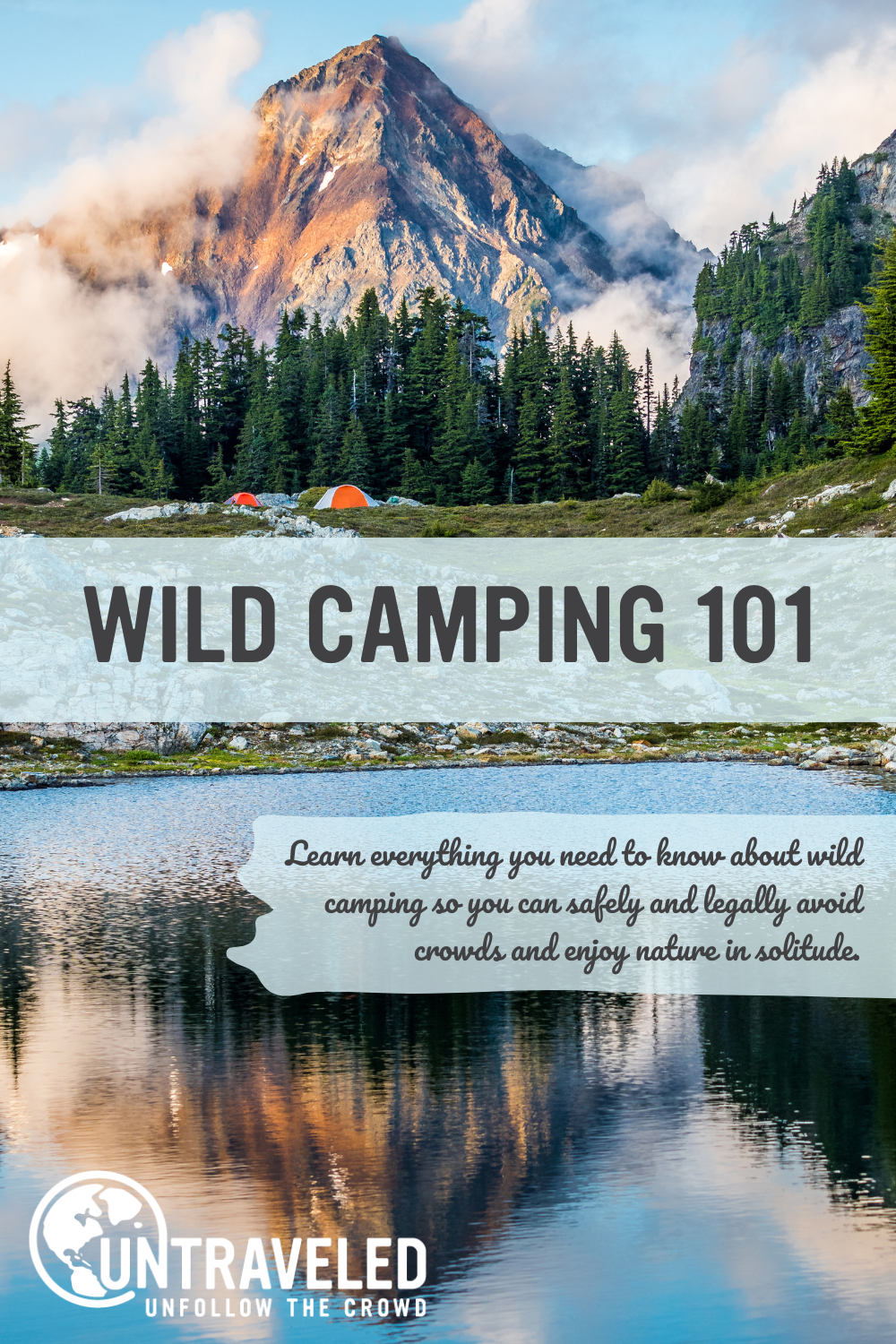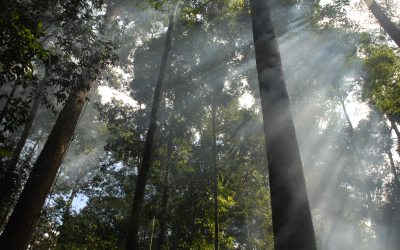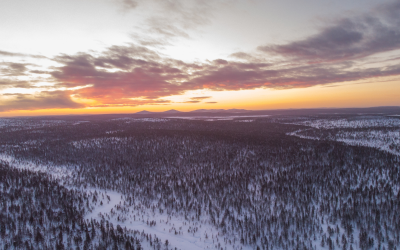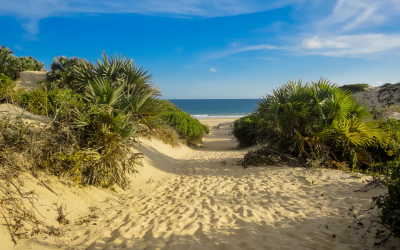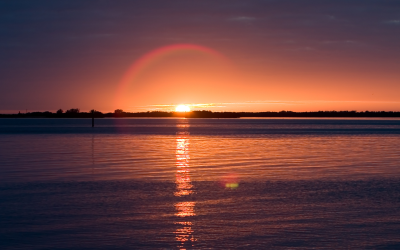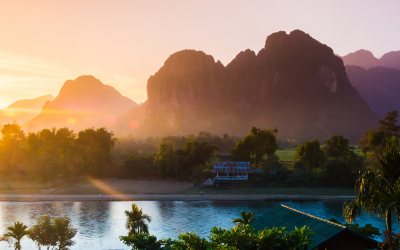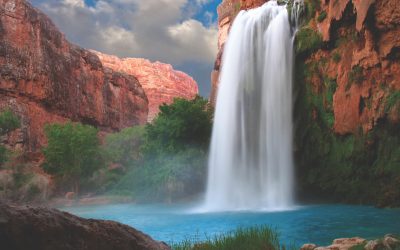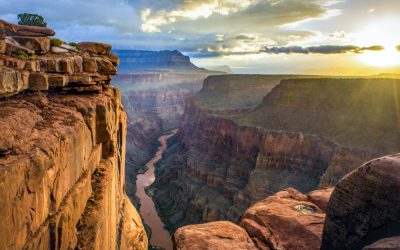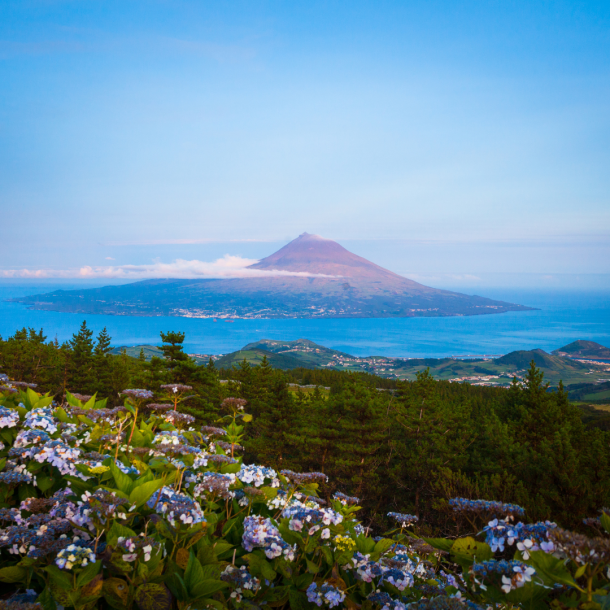Wild camping is one of the most minimalist ways to experience the great outdoors. While the concept is simple, preparation can be complex. Do your research before setting out on your wild camping adventure to ensure the protection and safety of yourself, others, and the environment.
What is wild camping?
Wild camping, also called free or freedom camping, is camping in an area that is not a designated campsite. Imagine pitching your tent on a secluded beach or a private mountain top perch. Sounds dreamy, right? Wild camping is an awesome way to avoid crowds and enjoy nature in solitude. It’s often complemented by backcountry expeditions like backpacking and bikepacking but can also be done close to civilization as a quick overnight excursion.
IMPORTANT: wild camping isn’t permitted everywhere. Trekkers should understand national and local right to roam laws before setting out or setting up.
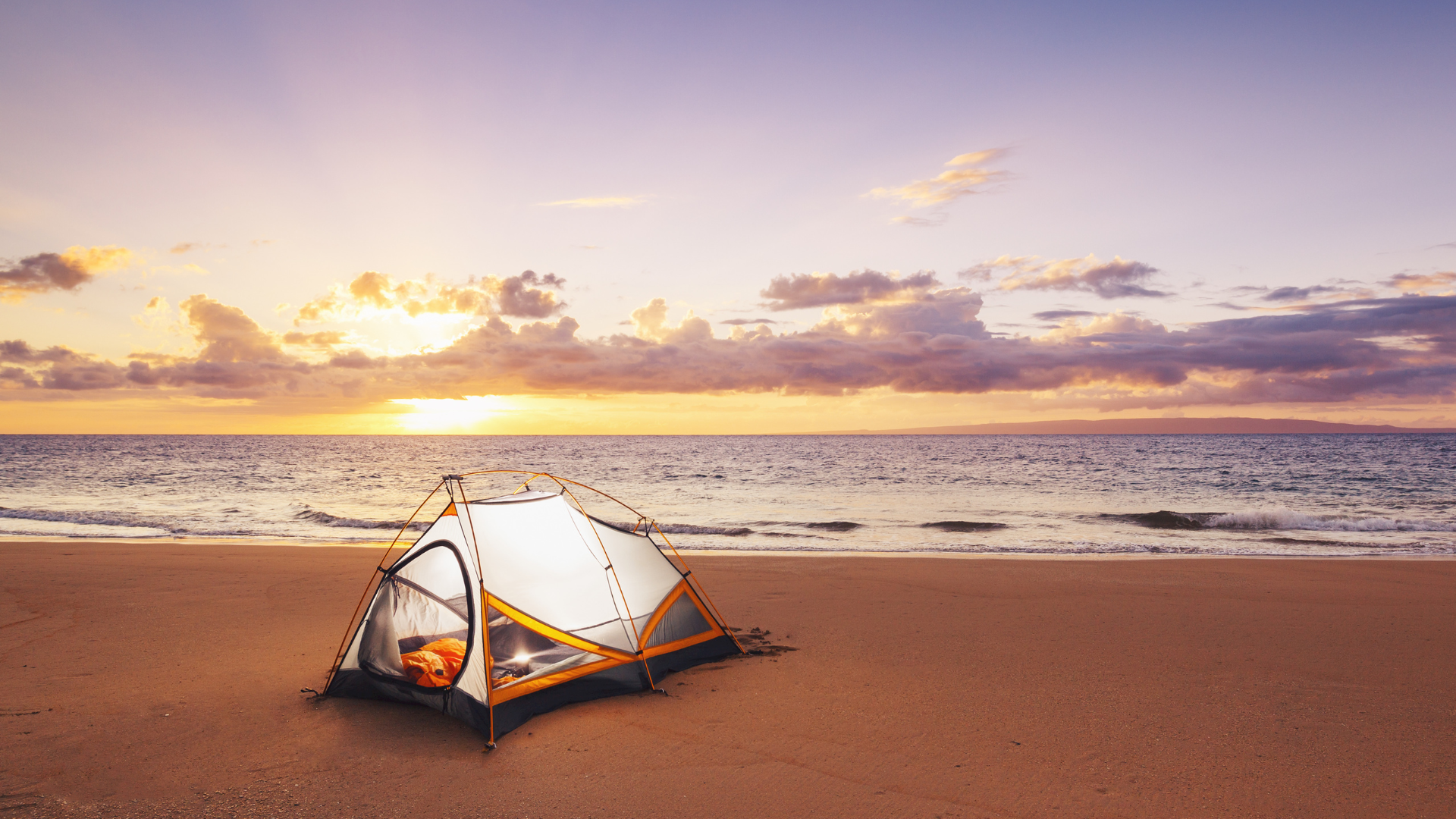
What is right to roam?
Right to roam, sometimes called freedom to roam, refers to your privileges on a national or local level to explore land. The concept of right to roam dates back to ancient times when people were permitted to traverse open countryside for travel and leisure purposes. Today, the right to roam is not granted everywhere, and like wild camping, rules and regulations are often nuanced.
For instance, in some places, open access land, which can be public or private, allows visitors to exercise their right to roam, including off of paths and marked trails. However, staying overnight and wild camping is not always permitted on open access land. Furthermore, some activities, like horseback riding or cycling, are sometimes permitted but must be restricted to designated trails. In some cases, public open access land used for agriculture, public housing or other infrastructure are also areas exempt from right to roam.
In countries like Scotland, Norway, Sweden and Estonia, right to roam was common law until recently solidified by legislation. These countries have some of the most lax right to roam laws. Whether you’re taking advantage of commonality or codified law, right to roam comes with expectations and responsibilities. For example, always pack-in pack-out, never disturb wildlife, livestock or agriculture, and avoid impacting the natural ecosystem in any way.
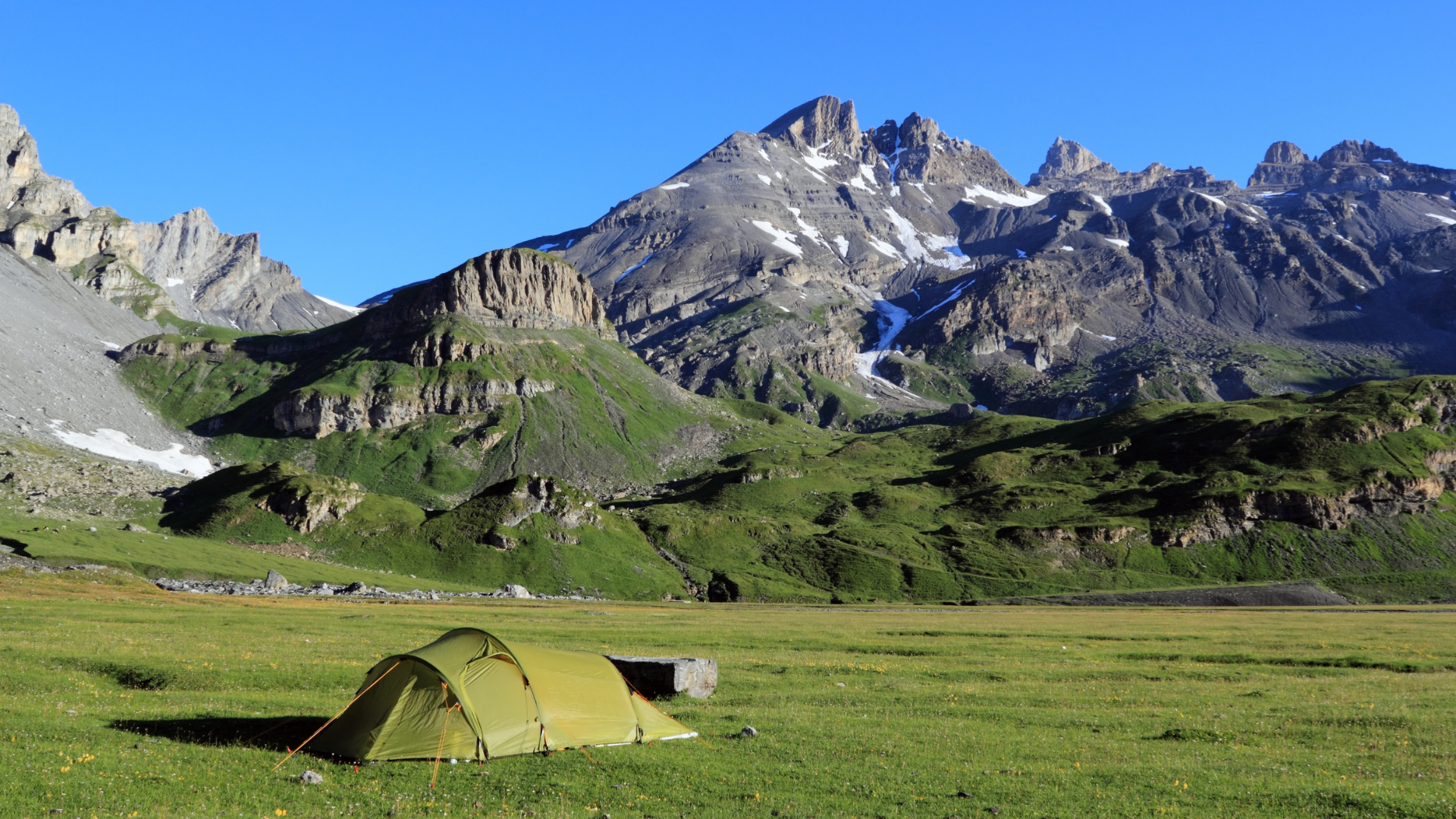
Wild Camping: Know Before you Go
In some places, wild camping is permitted on private land with the permission of the owner. It’s imperative that you obtain permission first to avoid legal penalties and fines. In other countries, like Ireland and England, some public land is specifically designated for wild camping but not all. Even in countries where wild camping is strictly prohibited, primitive, remote campsites are usually available for reservation in many national parks and forests.
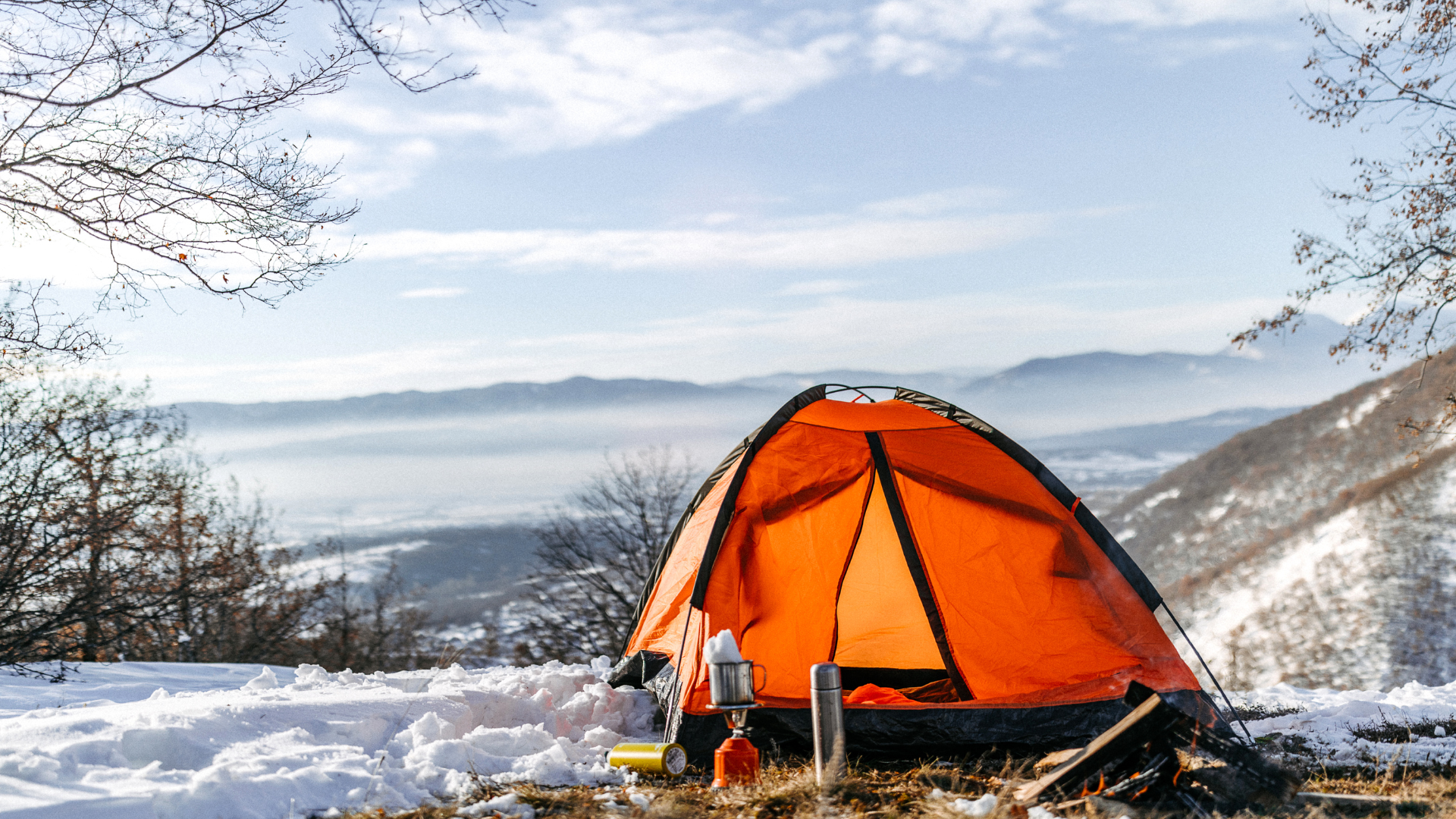
Once you’ve clarified permission, here are some other things to consider about wild camping.
Fire
Open fires are often not permitted when wild camping. Sometimes, small cooking stoves are allowed. Even in areas that seem damp or boggy, the risk of wildfires still exists, especially depending on the season. Check with the jurisdiction or land owner when confirming permission.
Water
Since wild camping often involves choosing your own spot, be sure that you find one close to a running water source and set up at least 50 meters away. While boggy streams and highland rivers may look crisp and clean, they often contain agricultural runoff. Don’t take any chances by drinking untreated water. Bring a water purification pump or tablets. Pro tip: pack some single-serving flavored water packets to cover the taste of the tablets. Regardless, never drink from still water and when nature calls, make sure you’re at least 60 meters away from your water source. The further, the better.
Leave Only Footprints
Speaking of doing your business, even popping a squat comes with leave no trace responsibilities when wild camping. The best option, always, is to pack out *everything* (yes, we mean *everything*) using sealable refuse bags. If this isn’t an option, the next best thing to do is dig a hole at least 6 inches deep and bury biodegradable matter. This method isn’t as preferable because foraging animals and erosion can expose waste, but it’ll do in a pinch. Either way, remember to pack baggies, eco-friendly bath tissue and a small shovel or garden spade.
Wildlife Awareness
Wildlife safety isn’t just for big American national parks like Yellowstone and Yosemite. Wild animals exist all over the planet, and it’s important to be prepared to encounter them during your wild camping experience. In some places like Ireland and Iceland, you won’t run into anything more dangerous than a badger or fox. However in other destinations, bears, reptiles and large predators can all pose a threat. No matter where you are, an emergency whistle is always a good idea for any number of potential incidents. Consider bear spray and/or camping with a local expert if you’re unfamiliar with local wildlife. Remember, never approach a wild animal, no matter how tame it might seem.

